This post may contain affiliate links. If you make a purchase by clicking on these links, I may earn a small commission at no extra cost to you. Read the disclaimer for more information.
 On my first day in Vientiane, the sleepy little capitol of Laos, I took a walk along the Mekong Riverfront. I was surprised to find that a lot of work has been done in developing the river front into a recreation area. A lot of work is still to be done but the main part in the centre of town is complete and makes for a lovely place to explore. A pathway runs along the main levy bank next to the river, where both locals and tourists like to walk and ride their bikes along the Mekong.
On my first day in Vientiane, the sleepy little capitol of Laos, I took a walk along the Mekong Riverfront. I was surprised to find that a lot of work has been done in developing the river front into a recreation area. A lot of work is still to be done but the main part in the centre of town is complete and makes for a lovely place to explore. A pathway runs along the main levy bank next to the river, where both locals and tourists like to walk and ride their bikes along the Mekong.
Behind the levy bank, the area has been developed into some beautiful parkland that will one day, once the trees have grown a bit larger, be a really great place for a picnic and a day out. Here are a few photos from the central part of the parkland.

Close up of the statue. I presume he is someone of importance in the history of Laos, but I never found out exactly who he is. If anyone knows about him, please let me know. *Edit* This statue is of Fa Ngum who founded the Lan Xang Monarchy, the golden age of Laos. (Thanks to Dale for the email) *reference at the bottom of this post
The pathway along the river front makes an excellent spot to watch the sunset over the Mekong River, something that I did every night that I was in Vientiane.
*Reference – The Laos Project – A great read about the history of Laos.
More photos of Vientiane here.






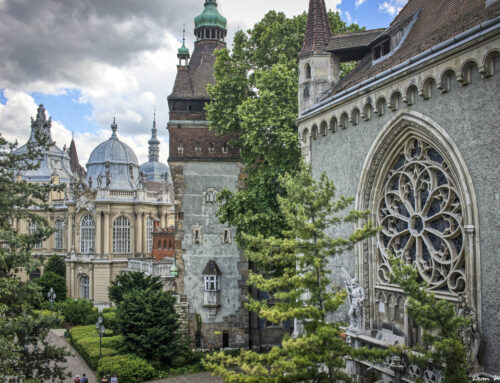
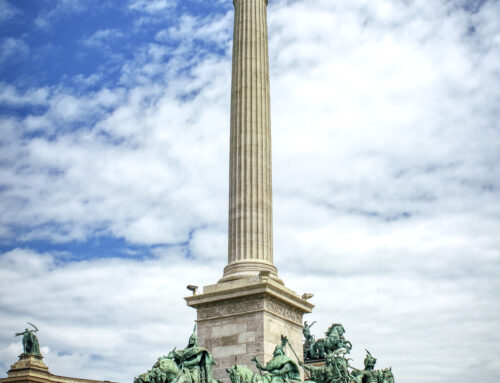
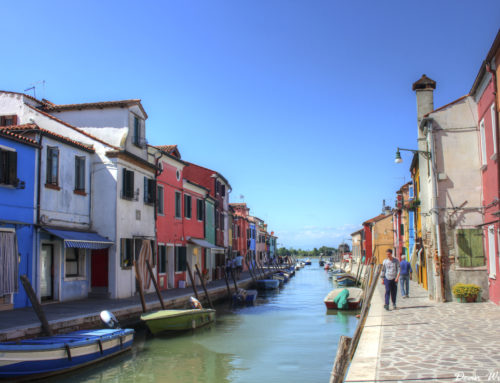
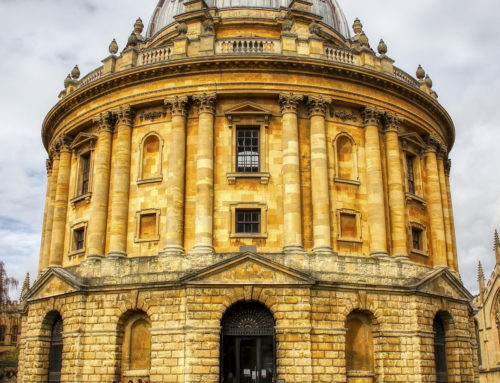
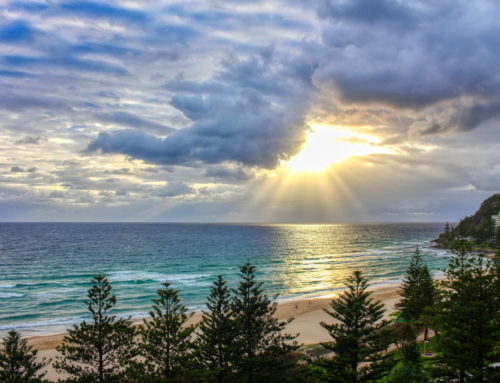
[…] Inpeng is one of four temples that sit close to each other in the centre of Vientiane, close to the river front. Although it is located right in the main guest house area of the city, I noticed that most people […]
the statue. is King Chao Anouvong (1767-1829) was the last king of the former Lao kingdom of Lan Xang. Chao Anouvong was ruling from 1805 to 1828 in Vientiane. He came to power after his brother’s death.
Chao Anouvong initially captured the Thai stronghold of Korat (Nakhon Ratchasima) with his army. He assumed, that the local Lao people will follow and support him in his attempt to liberate the mostly of Lao people inhabited Isaan provinces of Thailand. The support however was not as expected and Chao Anouvong had to withdraw his forces. Lady Mo, the deputy governor’s wife, is known for harassing the Lao invaders while they were withdrawing.
Finally Chao Anouvong’s army was defeated in a three-day fight near Vientiane. The Siamese King Rama III ordered his troops to sack and occupy Vientiane.
Chao Anouvong managed to escape and tried to return with Vietnamese help. Chao Anouvong was again defeated by the Siamese troops and also captured. The Siamese King Rama III ordered Vientiane destroyed. Only one temple, Wat Sisaket, survived. The precious Buddha statues “Phra Bang” and “Phra Keo” were taken to Bangkok. Chao Anouvong died as prisoner in Bangkok.
Chao Anouvong had long been an ally of the Thai monarchs against the Burmese invaders. Unfortunately his accomplishments and support of the Thai kingdom was not well recognized by them. From 1826 to 1828 Chao Anouvong rebelled against Siam in an attempt to become once again independent from Siam. Vientiane these days opened a new park and monument on the Mekong River to celebrate the 450 years anniversary of being Laos’ capital and to honor Chao Anouvong. Interesting to be mentioned, that the statue of Chao Anouvong turns its back towards Laos and eyes once again over the Mekong River into Thailand, where more than 20 million former Lao, nowadays Thais, are living in Thailand’s Northeastern Isaan provinces!
so yes Re Edit …….
Thanks for the update! It’s not always easy to find the right information.